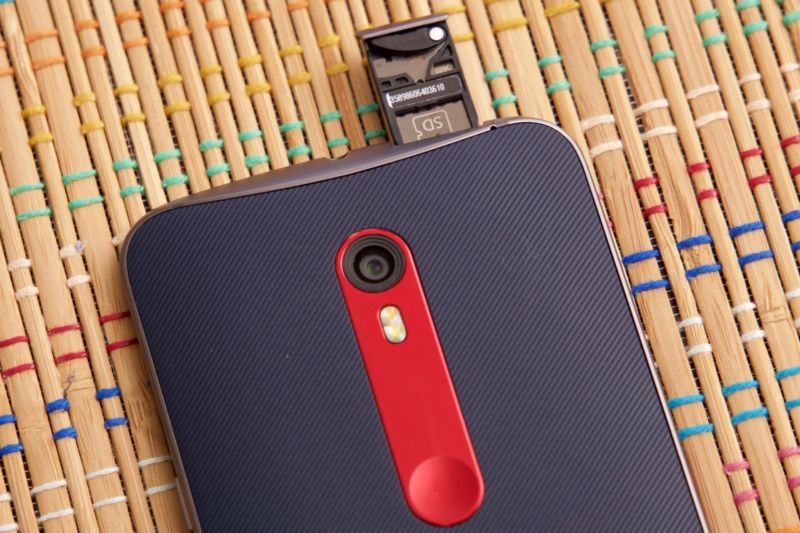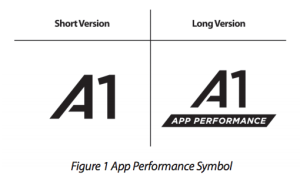
SD cards have historically been associated with digital cameras, media players, game consoles, and other relatively simple and appliance-like devices. In these roles, the cards primarily needed to offer fast sequential read and write speeds, since they were typically just being asked to save and access one file at a time. But SD cards are becoming increasingly important as primary storage devices, use cases that demand better random read and write performance to account for multiple apps making small reads and writes to the cards in rapid succession.

In recognition of these more complex use cases, the SD Association has introduced version 5.1 of the SD Specification (PDF), which adds a new "App Performance" class that guarantees buyers a minimum number of input/output operations per second (IOPS) just as the current speed classes guarantee minimum sequential writing speeds. The new "A1" speed class promises that cards support sustained write speeds of at least 10MBps, at least 1,500 read IOPS, and at least 500 write IOPS. Additional speed classes "will be introduced to meet market needs."
A white paper published by the SD Association primarily credits Android 6.0's "adoptable storage" feature as the reason for the new standard—when Android OEMs don't turn it off, the feature makes it trivial for users to add to their phones' internal storage. But SD cards are considerably slower than the internal storage in most of these phones. To counteract this, Android generates warning pop-ups when cards don't meet minimum performance thresholds, but without doing extra research it's difficult for buyers to know whether the cards they're buying will be fast enough to avoid these messages.
The new standard should also be useful for boards like the Raspberry Pi, which include no built-in flash memory or standard SATA or m.2 drive connectors and use SD cards as their primary storage.
reader comments
44